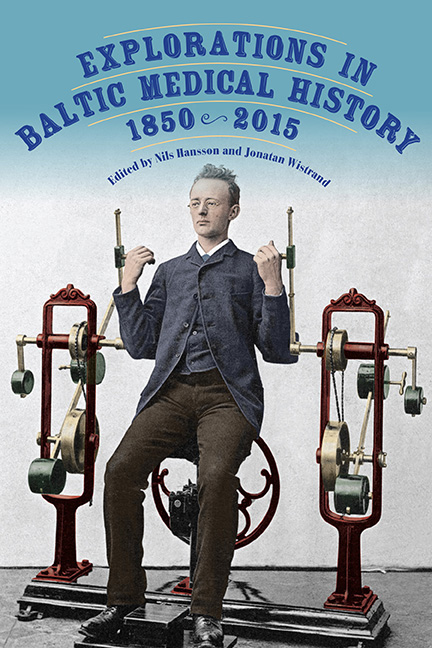1 - Gym Machines and the Migration of Medical Knowledge in the Nineteenth Century
Published online by Cambridge University Press: 17 April 2021
Summary
Around 1970 Arthur Jones (1926–2007), son of an American physician, launched his training concept, Nautilus. It was a new type of gym machine intended to improve exercise and strength training. Bodybuilding had at the time become popular, as epitomized by the movie Pumping Iron, starring a young Arnold Schwarzenegger. Nautilus machines spread globally and became big business. They were also copied by others, and most modern gyms have machinery using similar principles.
Since his early teens Jones had dedicated himself to weight lifting, but despite his good results he had always thought that something was missing. At the time there was no scientific literature on “exercise physiology” to guide him. For that reason, he had to design his machines in a scientific vacuum. The shortage of adequate research resulted from the lack of scientists interested in strength training. This in turn was caused by the fact that “it was then impossible to determine the results of exercise for the simple reason that the required tools for any such measurements did not exist.”
It is tempting to consider whether Jones drafted his innovative concept in splendid isolation. New inventions and ideas are seldom the fruits of a single individual's labor and genius, although posterity may easily get this impression. Scholars of the sociology of knowledge and history of science often point this out. Investigations show that successful scientific breakthroughs and innovations are frequently linked to several individuals and intellectual milieus, forming a kind of critical mass enabling new ideas to be born. This phenomenon is sometimes highlighted by the Nobel Prize ceremonies. Did the laureate(s) actually contribute the most?
Instead of critically examining Jones as an innovative maverick, this chapter will use a similar approach to a person he honored greatly. Jones claimed splendid isolation, but he has revealed that there was a man whose work might have helped him greatly, if he had only known of its existence. About a hundred years before Jones, the Swedish physician Gustaf Zander (1835–1920) had invented a series of machines with basically the same design as Nautilus or, in Jones's words, in accordance with “simple laws of physics” and a full understanding of “muscular functions.” Like the Nautilus concept, Zander's machines met the need for resistance: “direct, rotary-form, variable and balanced resistance.”
- Type
- Chapter
- Information
- Explorations in Baltic Medical History, 1850–2015 , pp. 15 - 40Publisher: Boydell & BrewerPrint publication year: 2019



